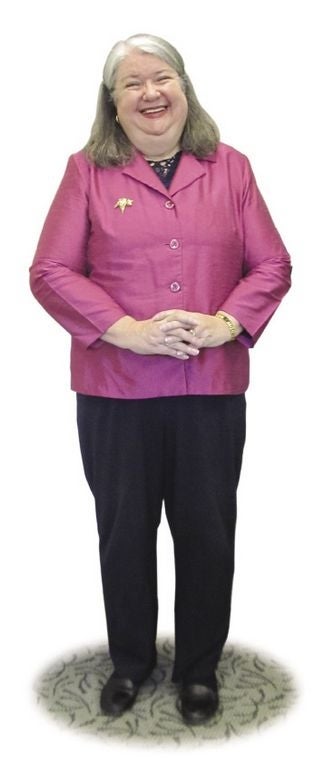
Since Gail Carberry began as president in 2006, Quinsigamond Community College has spread its wings into downtown Worcester and throughout Central Massachusetts. As QCC marks its golden anniversary, the school’s president talks about the school’s future — and the future of higher education.
Quinsigamond is making a notable investment in the potential future of downtown Worcester. How does that look with each passing day?
It’s extraordinarily exciting. When I came to the college in 2006, we had a declining enrollment but our health programs were still very strong and vibrant, even though we had shoehorned them into nooks and crannies all over the campus. And for us to put together a health care center in proximity to (MCPHS University) and Saint Vincent Hospital, and to be able to have state-of-the-art facilities for our students, it’s an incredibly wonderful concept that’s coming to fruition.
You were outspokenly against the consolation of administrative oversight of the state’s 15 community colleges. But now that that has begun, how is that working out?
Well, it hasn’t really begun. We still have local boards of trustees that have strong powers and we also have a central board of higher education that also has a range of powers. It’s always a balancing act. The fact that we’re moving downtown, as an example, is a decision that was made by a local, courageous board of trustees. Absent state funding, we made a courageous decision to use an entrepreneurial model to make that decision and move forward. It was necessary. These are local people who fully understand the implications of higher education in Worcester and the importance of community colleges in that role.
What do you hope the next governor does for higher education?
I hope the next governor continues what Gov. Patrick and the Legislature did this past year, and that is to continue to fund us. We’ve moved to performance-based funding and I’m good with that, because Quinsigamond performs.
Public education holds obvious cost advantages over private schools. But what one or two things beyond money does it take for schools like Quinsigamond to continue to be relevant in higher education?
Relevancy at a community college means that we were closely (aligned) with the local community: the business leaders, the school systems, all of those leaders who help Quinsigamond determine what programs to offer, how to outreach into our community more effectively to assure that more people are served through our higher education pathways.
With the higher-profile role community colleges are now playing, and the increasing costs of education, could the two-year college program rival the traditional four-year program down the road?
I think in some ways, some of the two-year programs do rival the four-year programs in terms of the outcomes. If you measure, for example, an associate degree in a STEM area, against your traditional baccalaureate in a liberal arts area, the data show you that the earnings of that individual are pretty strong throughout the lifetime of that person.
Of all the city’s colleges, you’re now the longest-serving president, with almost eight years on the job, just below average, according to the American Council on Education. Is there any secret to maintaining longevity in such a job?
You have to have courage. I think you have to love what you do, and I certainly love what I do.
The school is celebrating its 50th anniversary. What would you like to see it do over the next 50 years?
I’d like to see it continue to work collaboratively. A community college is a hybrid; it is a higher education institution, but it’s also a public service agency. It’s an economic development engine in a community. And as Quinsigamond continues to grow, it will evolve new programs; it will ensure the relevancy of the workforce in the community and ensure that the middle class continues to grow in Worcester County. n
Video
Shop Talk – Gail E. Carberry, Quinsigamond Community College

